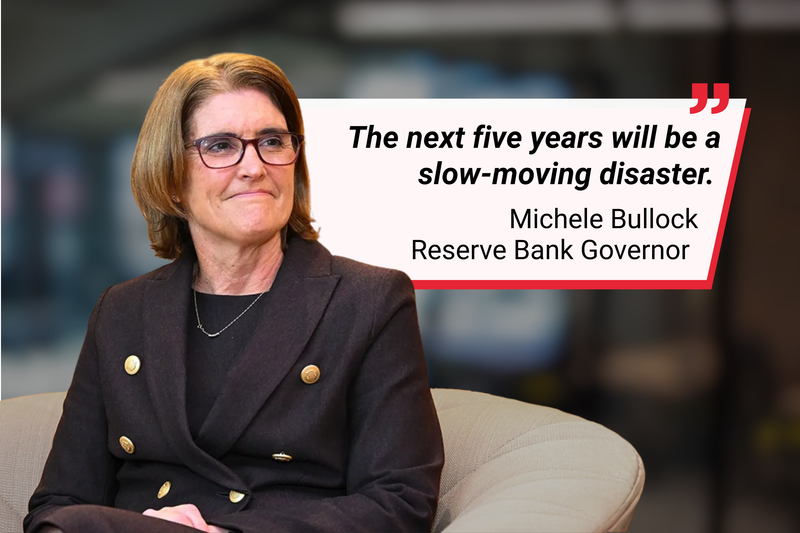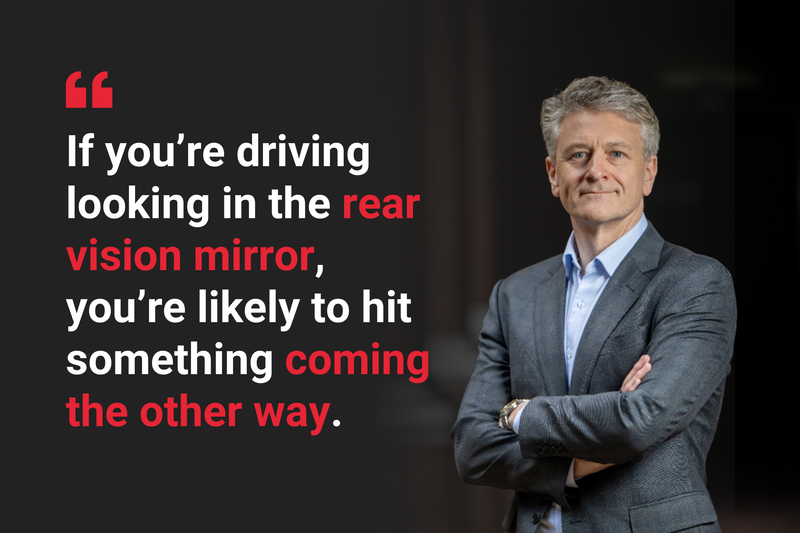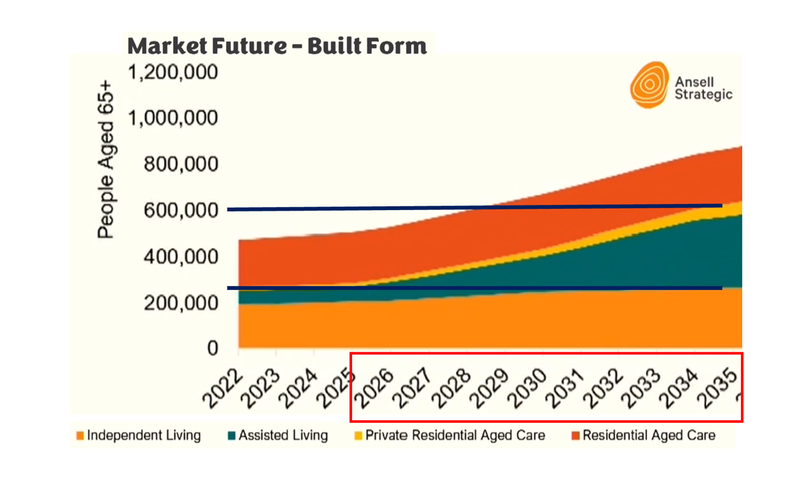Opinion: Hospital wait times are a dire sign of the future that awaits ageing Australia
The latest data shows hospital beds are at a premium – and older Australians are the most likely to miss out. Is there a solution? As we report in this issue, emergency wait times are at their longest in a decade while surgery wait times are at...
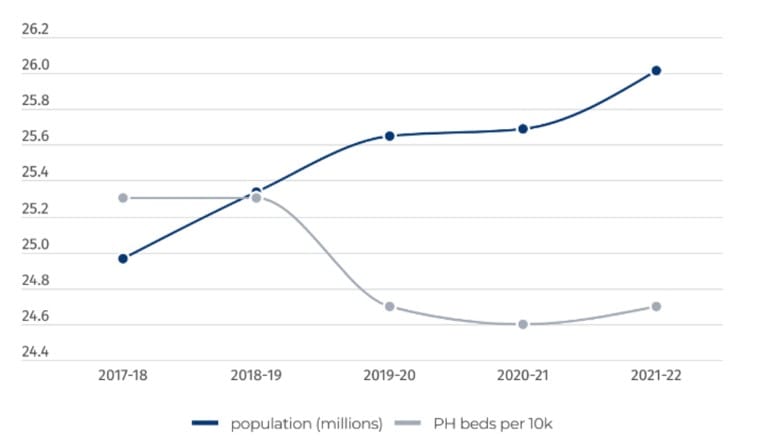
The latest data shows hospital beds are at a premium – and older Australians are the most likely to miss out. Is there a solution?
As we report in this issue, emergency wait times are at their longest in a decade while surgery wait times are at their longest ever, according to the latest Public Hospital Report Card released by the Australian Medical Association (AMA).
The AMA singles out Australia’s ageing population as a key driver behind the figures, combined with a decrease in the number of available beds for over-65s.
375 new hospital beds needed every month
This is perhaps not a surprise when you consider that Deloitte forecast in its 2022 ‘Australia’s Health Reimagined’ report that Australia would need to build 375 new hospital beds every month for the next 15 years to meet the predicted demand.
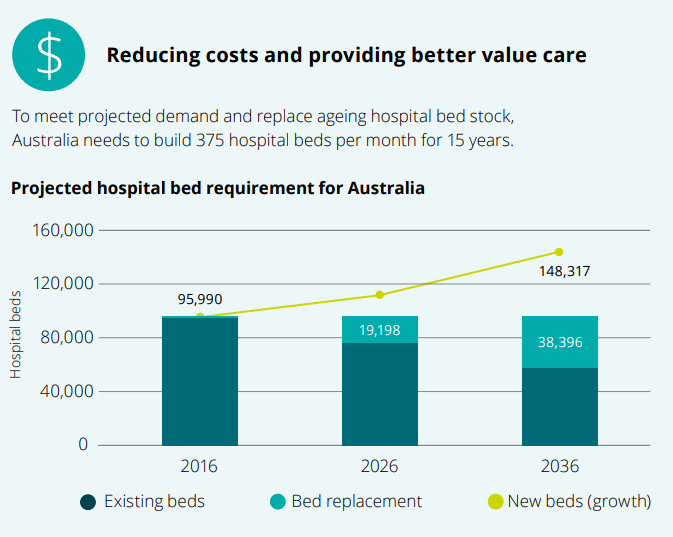
Aged care homes are also unlikely to fill this gap given the majority of homes are reporting close to 100% occupancy and there are few new beds in development.
Just 520 new places came online in the nine months to 1 June last year.
Anecdotally, we hear from operators that the cost of building new beds has more than doubled since the COVID-19 pandemic, forcing them to scale back projects or put new developments on ice.
Even if the Government agrees to take the Aged Care Taskforce’s final recommendations in full, it will take several years for more funding to flow through to operators.
With aged care facilities taking an average of five to seven years to put on the ground, that leaves a significant shortfall of beds for older people across the health and aged care system in the immediate future.
Is there a solution?
Deloitte’s report pointed to two possible answers: greater investment in technology in the home, including telehealth and digital management systems, and a shift towards early intervention and helping people manage their own health and wellbeing before they need acute care.
We are already seeing a number of aged care providers advance in this space, including Australian Unity and integratedliving with their integrated health and aged care models.
The Retirement Living Council (RLC)’s Shared Care proposal also shows the role that retirement village operators can play in delivering care services and keeping older people ageing well.
Given the Budget is approaching, is it time for the Government to look at how it can incentivise providers to deliver these kinds of services?
Just last week, the Royal Australian College of GPs (RACGP) was urging the Federal Government to help GPs and patients take full advantage of the Hospital in the Home (HitH) program and streamline the process of accessing HitH services.
A small step that could make a big difference when a hospital or aged care bed is hard to find.
Learn more about how aged care and retirement living providers are seeking to tackle this problem in this week’s issue of SATURDAY – subscribe here.



